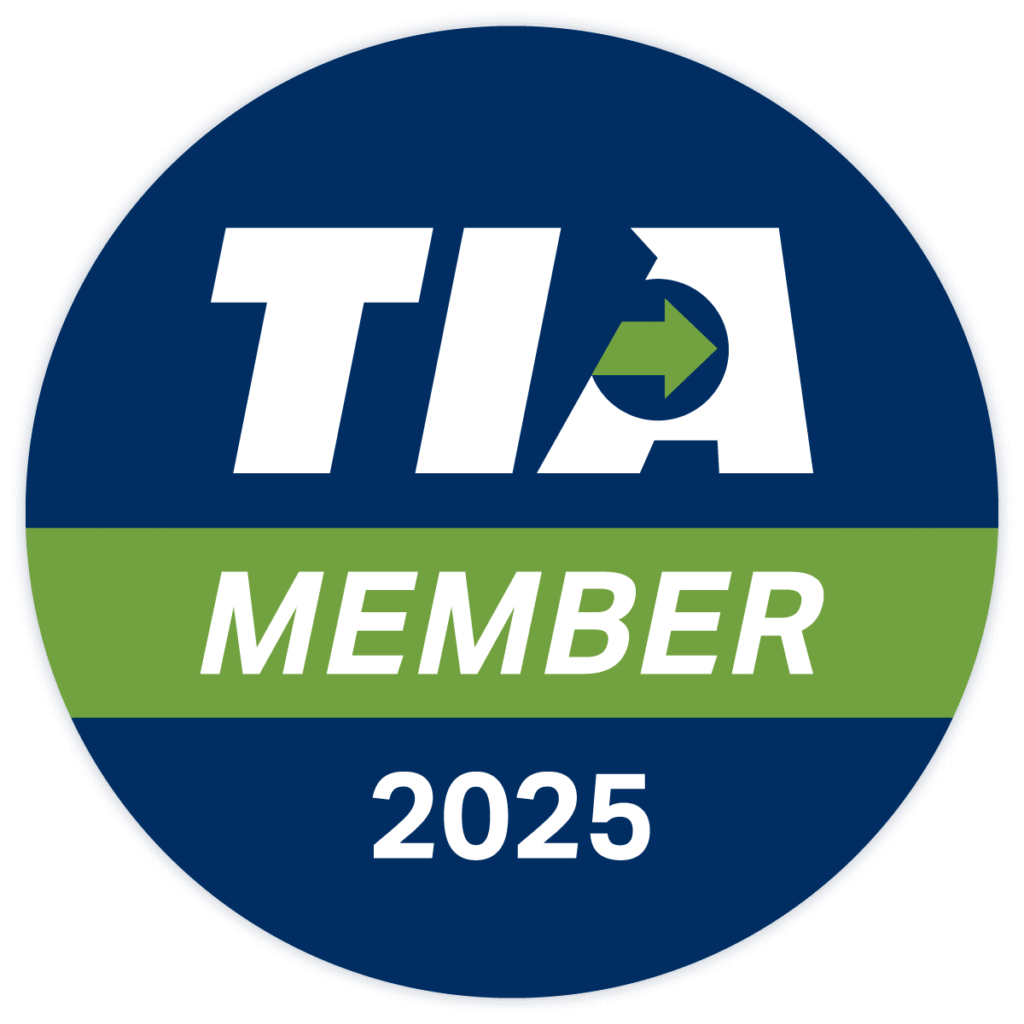How small and mid-sized manufacturers can ensure a smooth transition to a third-party logistics partner.
For many small and mid-sized manufacturers and industrial B2B shippers, partnering with a third-party logistics (3PL) provider can dramatically improve efficiency, reduce freight costs, and free up time for core business operations. However, the real value of a 3PL relationship doesn’t begin at contract signing — it begins with effective onboarding. A structured onboarding plan ensures accurate data, seamless integration, and reliable day-to-day performance.
Here are some key steps every shipper should follow to onboard a 3PL successfully.
- Define Clear Objectives and Success Metrics
Start by identifying why you’re outsourcing logistics. Common goals for manufacturers include reducing LTL or parcel costs, improving visibility, or stabilizing carrier performance.
Once objectives are defined, agree on Key Performance Indicators (KPIs) and build an SLA (Service Level Agreement) around them :
- On-time pickup and delivery percentages
- Freight cost per shipment, per pound, or per case
- Claims ratio as percentage of freight spend
- Order-to-ship turnaround time
These metrics will provide a shared roadmap for measuring success and maintaining accountability.
- Build a Cross-Functional Implementation Team
Even smaller manufacturers should approach onboarding as a team effort. Logistics touches multiple areas of your business, so assemble a cross-functional group to manage the transition:
- Operations/Warehouse Manager – provides process details and shipping data
- Finance/Accounting – handles freight billing and auditing
- IT or ERP Admin – ensures data connectivity
- Customer Service or Sales Support – manages customer delivery expectations
The 3PL should assign a dedicated implementation lead as well. Regular project calls and a shared timeline keep communication clear and decisions moving quickly. It will also keep issues from growing into fatal flaws in the relationship.
- Audit Data and Shipping Processes
In logistics, inaccurate data equals costly mistakes. Before the 3PL takes control of your freight, verify:
- Shipping and receiving addresses with hours and contacts
- Product weights, dimensions, and packaging
- Accessorial needs (liftgates, appointments, hazmat)
- Billing and reference field consistency
Document how your orders currently flow from entry to shipment. Understanding your baseline process helps the 3PL replicate (and eventually improve) your operations without disruption.
- Develop a Practical Technology Integration Plan
Technology plays a vital role, but it doesn’t have to be complicated. The goal is to ensure both sides can communicate shipping information accurately and efficiently.
Integration options include:
- Manual entry or file uploads through the 3PL’s TMS portal
- Flat-file exchanges (CSV) for simple order data
- EDI or API connections for automated updates
Many small manufacturers start with a basic connection, then expand as the partnership matures. What matters most is data accuracy and shipment visibility from day one.
- Align on Standard Operating Procedures (SOPs)
The SOP is the playbook for how your logistics will run day-to-day. It should outline:
- Cutoff times for same-day shipping
- Routing logic (LTL, truckload, parcel)
- Communication and escalation protocols
- Claims and billing procedures
Once finalized, the SOP should be distributed across your shipping, customer service, and accounting teams so everyone knows how to interact with the 3PL consistently.
- Train and Communicate Internally
Your internal team must understand the new workflows for the 3PL partnership to succeed.
Training should cover:
- How to schedule shipments and track orders
- Whom to contact for issues or exceptions
- How to interpret freight bills and reports
Also, communicate the change to sales and customer service teams so they can confidently explain the benefits to customers — faster response times, better tracking, and more consistent delivery performance.
- Start Small with a Pilot Program
Avoid a “big bang” rollout. Instead, start with a pilot phase — such as one warehouse, region, or customer group.
Monitor results closely:
- Are shipments moving on time?
- Are rates and invoices accurate?
- Are tracking updates flowing correctly?
A 30–60 day pilot helps identify issues early, refine processes, and build confidence before scaling across the full network.
- Validate Billing and Financial Processes
For many manufacturers, freight is a top-three expense — so billing must be right. Clarify upfront:
- How charges are calculated and approved
- Whether the 3PL will manage freight audit and pay
- Billing frequency and format
- Dispute resolution procedures
Run test invoices during the pilot phase to catch discrepancies early. Once billing accuracy is confirmed, accounts payable can process freight invoices with confidence.
- Monitor, Review, and Adjust
After go-live, maintain a close eye on performance for the first 60–90 days. Hold regular check-ins to review:
- KPI trends
- Service failures or exceptions
- Customer feedback
- Opportunities to streamline
Once operations stabilize, move to monthly or quarterly business reviews. A good 3PL will use data to proactively recommend improvements — from lane optimization to packaging tweaks that lower costs.
- Build for Long-Term Collaboration
The best 3PL relationships grow stronger over time. Once onboarding is complete, explore ways to extract more value:
- Convert parcel to LTL where possible
- Automate shipment scheduling or tracking
- Consolidate freight to improve utilization
- Introduce warehousing or cross-docking services
Think of your 3PL as an extension of your logistics department, not just a vendor. Ongoing collaboration and open communication lead to better service, more savings, and scalability as your business grows.
Final Thoughts
For small and mid-sized manufacturers, onboarding a 3PL is one of the most important steps in modernizing logistics operations. Done right, it reduces complexity, improves service reliability, and positions your company for scalable growth.
By defining goals, cleaning up data, training your team, and starting with a measured pilot, you’ll build a partnership that moves not only your freight — but your business — forward.

